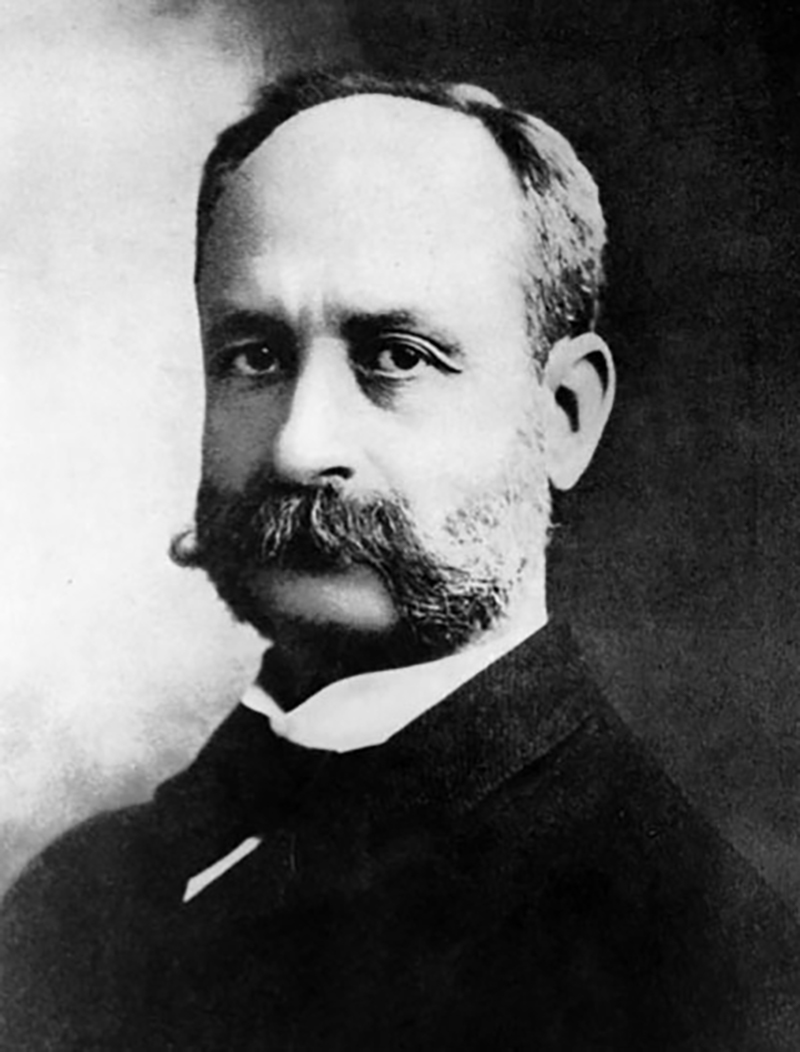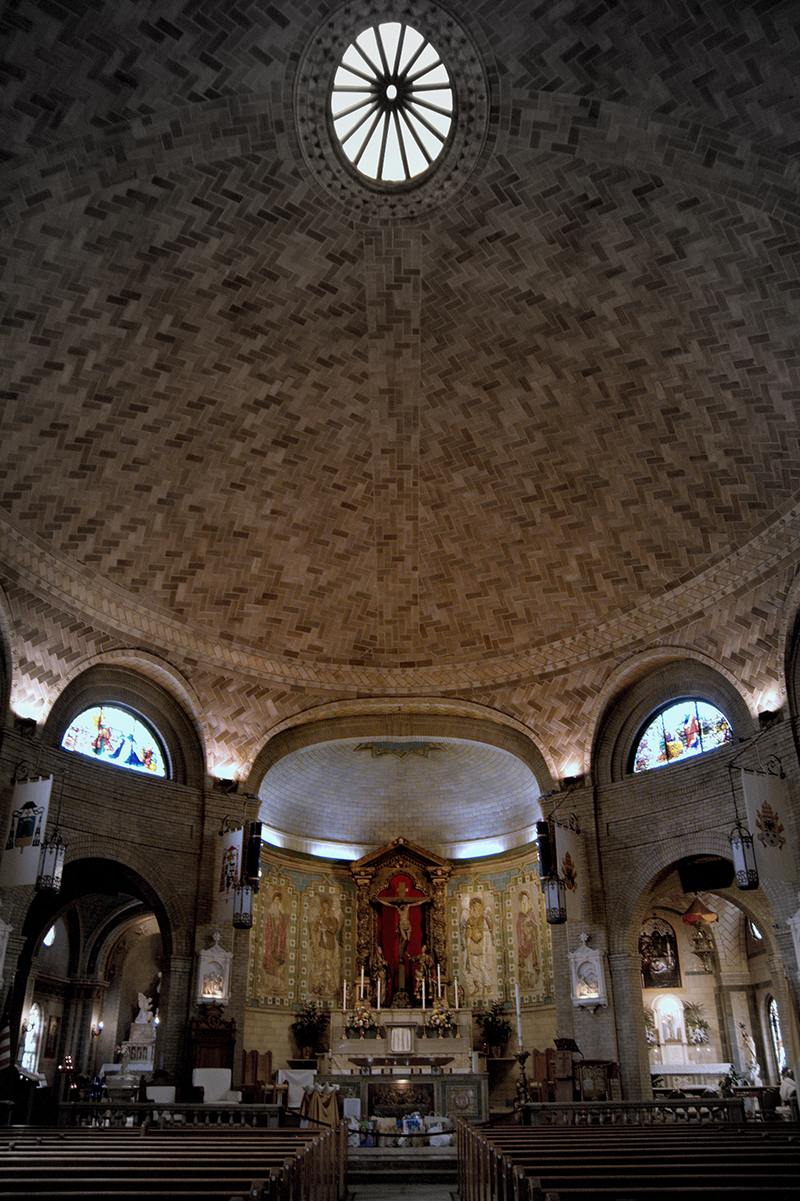Rafael Guastavino Moreno couldn’t find a seat in the tiny North Carolina church. So he built a church that could welcome all. The pure mountain air of western North Carolina made the city of Asheville an ideal place for people with tuberculosis in the late 19th and early 20th centuries. Sanitariums sprang up, promising a cure for a disease for which there was not yet a medical cure. Antibiotics would not be developed until the 1940s.
So the influx of people visiting patients meant, among other things, that the number of Catholics in the area put pressure on the modest church of St. Lawrence in Asheville. As Catholics were a small minority in most of the southern United States, there wasn’t much need — or money — to build anything bigger than a small wooden church.
But when the highly-regarded builder Rafael Guastavino Moreno attended Mass there one Sunday in July 1905, things began to change. There were so many Catholic visitors in town that Guastavino, who lived in the town of Black Mountain, about 16 miles away, could not find a seat. The pastor told him later that in a couple of months, the tourists would be gone, and Guastavino, who had worked on the Biltmore mansion in Asheville for George W. Vanderbilt, would then be able to sit down.

That didn’t placate Guastavino. Churches should always to be able to welcome the stranger, he retorted: everyone should feel at home in them.
To back his conviction, he offered to build a grand church for St. Lawrence parish — and to find the money required. And he did.
Guastavino was an immigrant from Spain, but he was by then no stranger to the world of American architecture. He contributed, in varying degrees, to hundreds of buildings in the United States, some of them prominent structures, many of them still standing. But many people today might not be so familiar with Guastavino’s special style, because it’s above their heads. Literally.
According to Architectural Digest, Guastavino’s “cohesive construction” featured “interlocking terra-cotta tiles held together with mortar to form timbrel vaults.”
If you want to see what that looks like, look up the next time you’re in New York’s Grand Central Terminal or Carnegie Hall. Or the Boston Public Library or the Rockefeller Chapel at the University of Chicago. Or Philadelphia’s St. Francis de Sales Church.
Or St. Lawrence in Asheville, which has the largest elliptical dome in the United States, thanks to the man who couldn’t get a seat in the old church. Guastavino’s technique was so effective that the dome needs no extra columns to support it, aside from the church’s exterior walls.

The prototype for St. Lawrence, which was designated a minor basilica in 1993, was the Church of Our Lady of the Forsaken in Valencia, Spain, where Guastavino was born in 1842.
He died in 1908, while St. Lawrence was still under construction. And his mortal remains lie in a crypt there, in the church he built to ensure that all would be welcomed.
If you can’t get to any of the places where Guastavino’s work is on display just yet, Architectural Digest has photos of a few examples.

